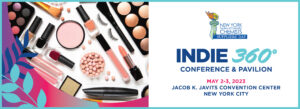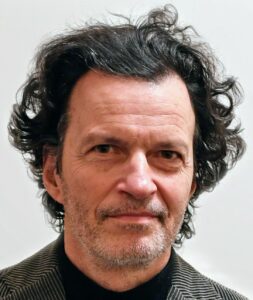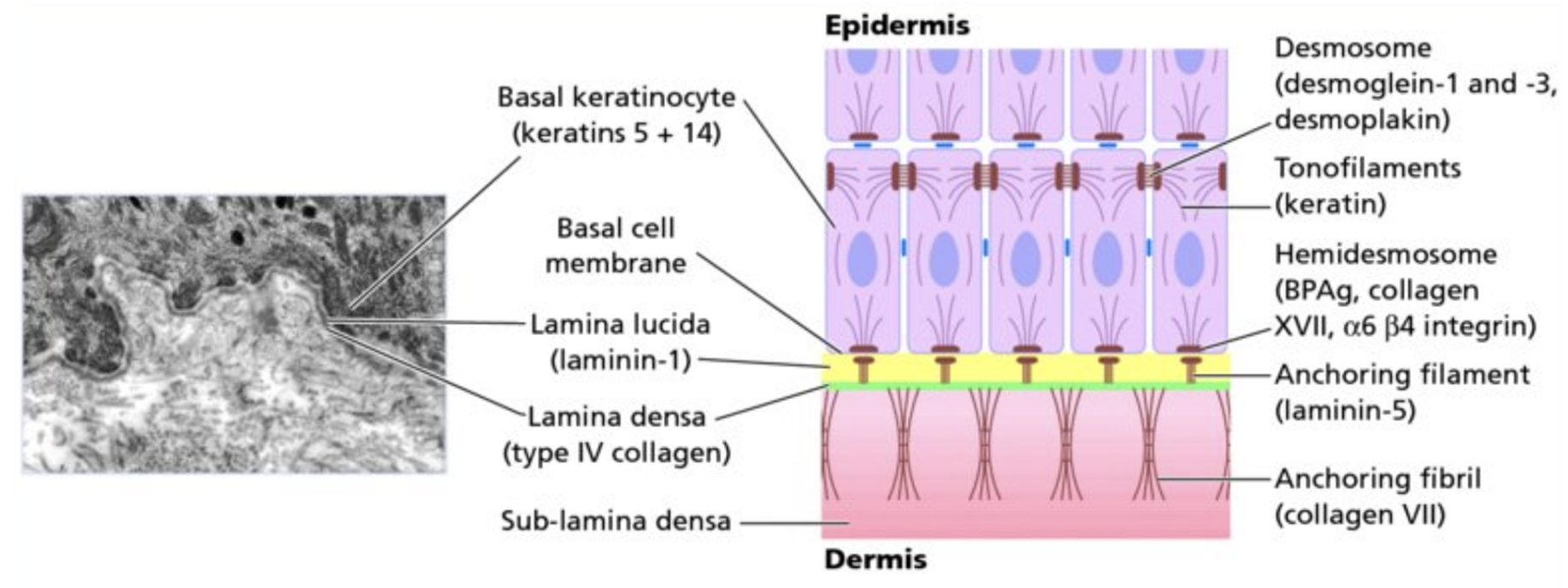Largest Chapter of Society of Cosmetic Chemists Participates in the Middle-Atlantic Regional Meeting (MARM) of the American Chemical Society (ACS)
(New York, NY, July 2023)—The New York Society of Cosmetic Chemists (NYSCC) recently chaired a technical session on “Cosmetic Chemistry,” during the 51st Middle-Atlantic Regional Meeting (MARM) of ACS hosted by its New York Chapter, St. John’s University and The Graduate Center of the City University of New York (CUNY). The meeting, June 9-10, 2023 was themed “Chemistry Refocused,” and included technical and poster sessions on varied subjects within chemistry, employment programming, workshops as well as a graduate study fair, awards ceremony and more.
The Cosmetic Chemistry technical session on June 9th was chaired by Giorgio Dell’Acqua (NYSCC) and attracted more than 75 participants between students and faculty members. It featured members of the NYSCC Executive Board and Scientific Committee that presented top cosmetic chemistry topics followed by a panel discussion on career paths in the industry.
Speakers and topics included:
-Dr. Giorgio Dell’Acqua, NYSCC Advisor, and Chief Scientific Officer at Nutrafol. He spoke about “Sourcing and Developing Cosmetic Ingredients Using a Sustainable Approach.”
-Dr. Amber Evans, Chair-Elect NYSCC, and Senior Manager of Product Development at Moroccanoil spoke on “Hair Care & the Chemistry Within.”
-Stacey House, NYSCC Chair, and Senior VP of R&D Consumer Beauty, Color & Skin, Coty and LATAM discussed “Decoding Ingredient Labels.”
-Dr. Hani Fares, Senior Director of Skincare and Oral Care at Ashland Specialty Ingredients and Chair of the NYSCC Scientific Committee, presented “Formulating Sunscreens.”
-Dr. Sue Feng, Chief Scientific Officer, E.T. Browne’s Global Research & Innovation, and NYSCC Scientific Committee Member, covered, “How Textile Technology Innovations Transfer into Color Cosmetic Formulations.”
The technical session concluded with a panel Q&A on cosmetic chemistry career paths led by Dell’Acqua. In addition, during MARM, NYSCC members coached students on their resumes during one-on-one review sessions, participated in a career panel with technical professionals from other industries, and engaged with students over their research posters.
“This was an exciting and fruitful outreach program for NYSCC this year. The Chapter will continue to foster relationships with other professional organizations and academia to promote cosmetic science as a strong career path,” said Stacey House, NYSCC Chair.
NYSCC also gives out numerous scholarships and grants to help students in their academic journey. To find out more visit: https://nyscc.org/scholarships-and-grants/, and the deadline is July 15th. For more information about NYSCC and its annual Suppliers’ Day event, including its Future Chemists Workshop. visit, www.nyscc.org
###
About New York Society of Cosmetic Chemists (NYSCC)
Dedicated to the advancement of cosmetic science, the New York Society of Cosmetic Chemists, www.nyscc.org, strives to increase and disseminate scientific information through meetings and publications. By promoting research in cosmetic science and industry, and by setting high ethical, professional and educational standards, we reach our goal of improving the qualifications of cosmetic scientists. Our mission is to further the interests and recognition of cosmetic scientists while maintaining the confidence of the public in the cosmetic and toiletries industry. Connect with NYSCC on Twitter and Facebook at @NYSCC and Instagram: @NYSCCMAIN






 Image Source: Kynan T. Lawlor, Pritinder Kaur: International Journal of Molecular Sciences 16 (12):28098-28107
Image Source: Kynan T. Lawlor, Pritinder Kaur: International Journal of Molecular Sciences 16 (12):28098-28107 Marc Cornell, BS. is a consultant at Mar-key Consulting LLC where he services the consumer product industry with innovative product development concepts.
Marc Cornell, BS. is a consultant at Mar-key Consulting LLC where he services the consumer product industry with innovative product development concepts.